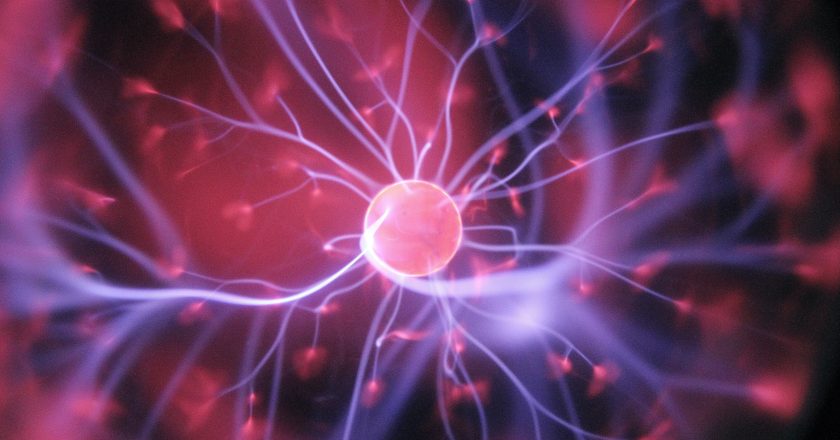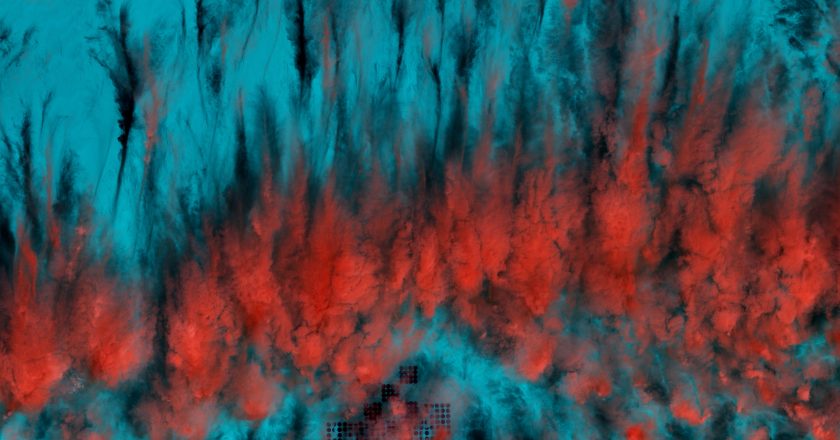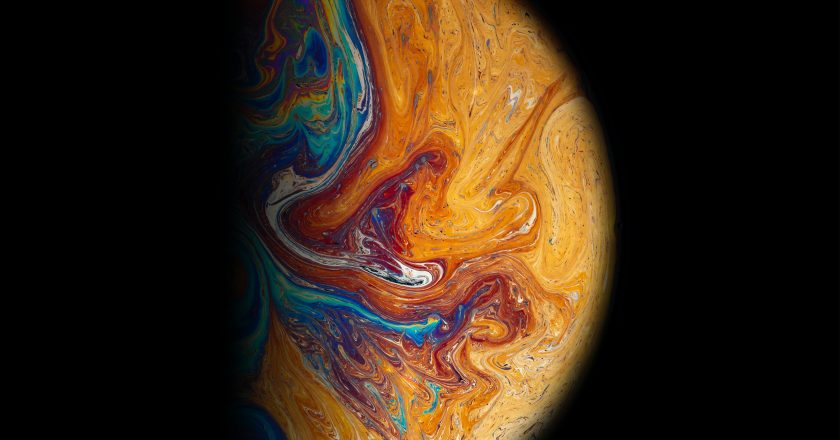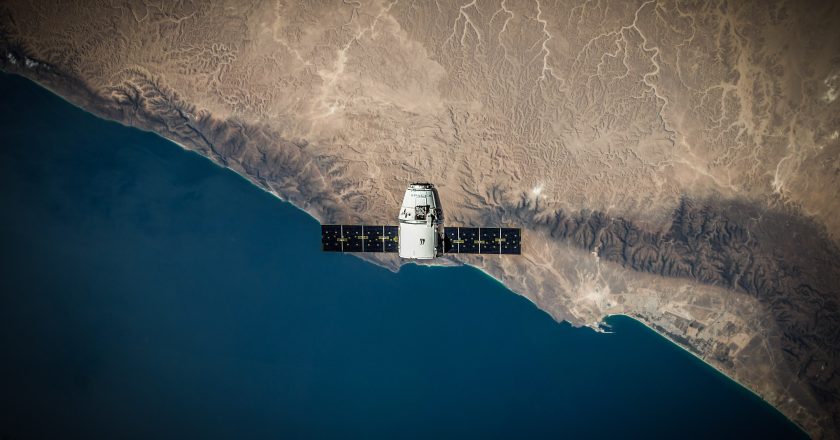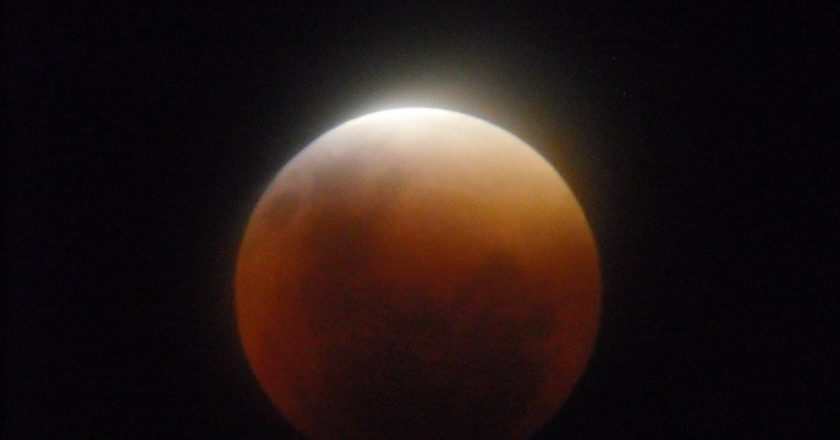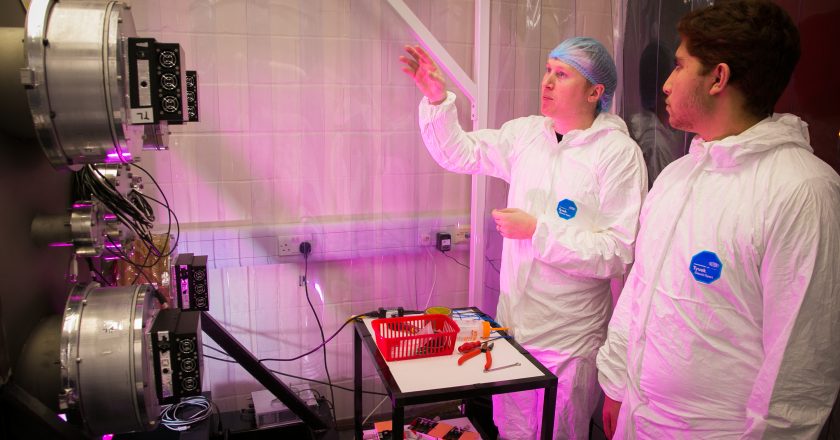Sex on the Brain
Sex is one of those topics that has a presence in so many aspects of our society – talked about on chat shows and in magazines; joked about at comedy nights and, if you’ve had the pleasure of the British education system, briefly and uncomfortably taught to you. But beyond the physical act, how many people actually understand what’s happening to their body - and their mind - during sex?
Our biological desire to have sex is driven by chemical changes; in men the primary influence comes from the somewhat synonymous testosterone, while in women things are a little more complicated.
Before Sex
Before sex the limbic system in the brain activates. This is the region responsible for physical drives and some aspects of emotional processing, such as innate emotions like fear and aggressio...

